With our first frost last night, and our first sub-30 degree night predicted for Thursday, it only makes sense that this week was all about insulation. For weeks we’ve been readying the house for the installation of dense-pack cellulose, first by completing the exterior siding, then wiring for solar electricity, then installing the woodstove, and finally, stapling and gluing the Insulweb mesh that holds the dense-pack cellulose in place.
Cellulose insulation is a “green” product made of post-consumer newspaper that has been treated with borax for fire-, insect-, and mold-resistance. It has been tested to have superb insulating value, and to prevent air leakage. We decided to insulate our floors with rigid foam insulation, about half of which was reclaimed (and free), and half was purchased new. We used cellulose for the walls and ceiling.
A few friends joined us in the fun: Beth, Mike, Julia, Stephen, Mary Beth, Brady, and of course Brian hopping along on his crutches. I worked frantically in the garden to harvest our remaining vegetables, made a yummy hot meal for our volunteer crew, and captured some of the chaos…
Bales of cellulose, ready to be poured into the blower.
The machine churns the material and blows it out the tube, almost like a reverse shop-vac.
Beth and Julia work the OSHA approved respiratory gear.
It looked like snow!
Our beloved Jotul stove, which made its way across country with us. You can see the wall cavities in the background, with slits in the Insulweb. The blower gets inserted into those slits, cellulose fills the cavity, and then you move onto the next slit. This process gets repeated a few times until the walls are densely packed with the cellulose.
Now we are in another period of transition, where we just finished a major push, and the question is, “what’s next?” Do we focus on finishing the walls so we don’t accidentally push out clouds of cellulose? Or do we work on the ceiling? Do we install our hardwood floor, or just live with the subfloor for the winter? There is so much to do in a short amount of time, and it can feel a bit overwhelming. It’s good to pause and reflect upon how much we have accomplished, and know that we will be cozy and warm inside this super-insulated house.
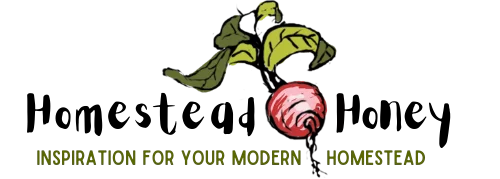
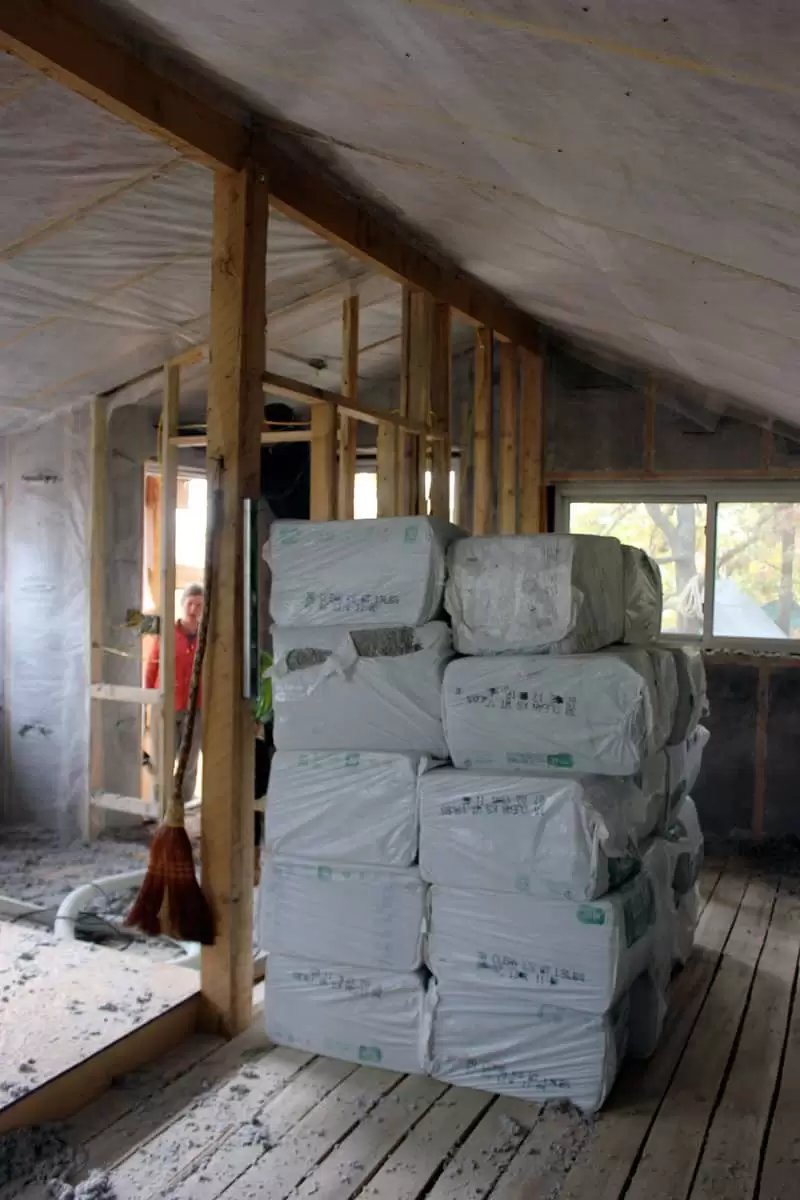
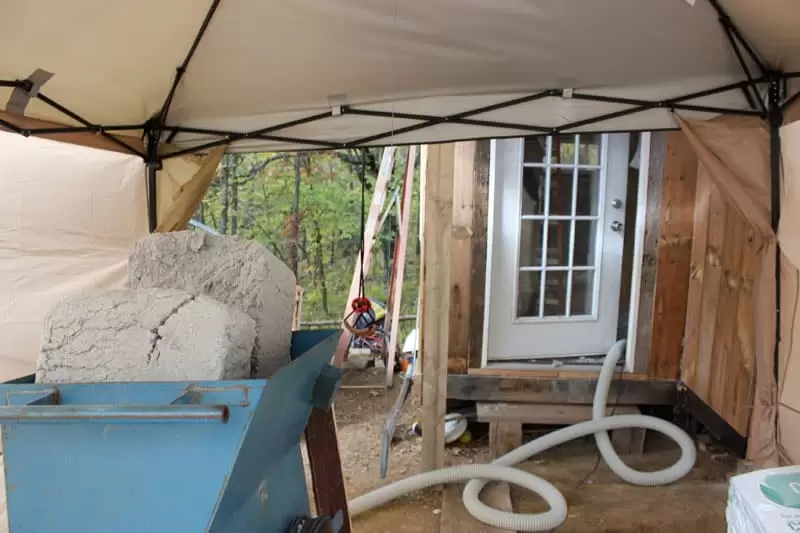
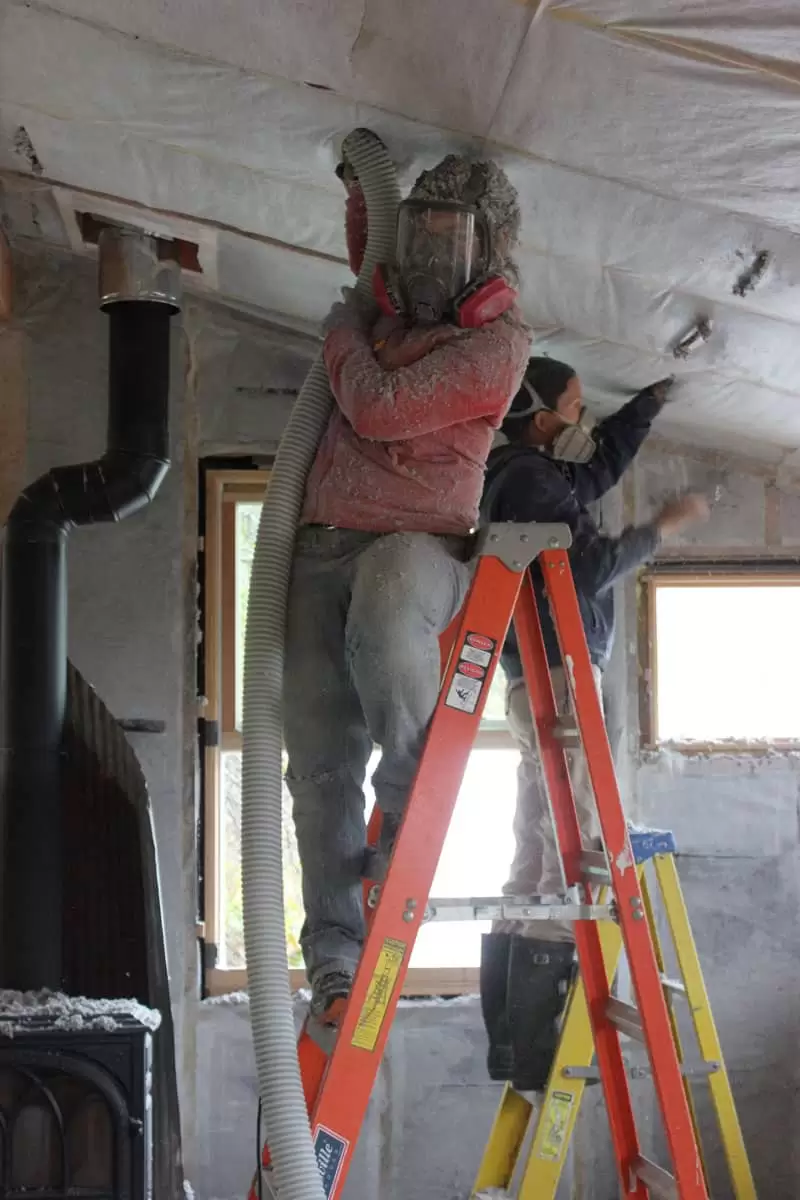
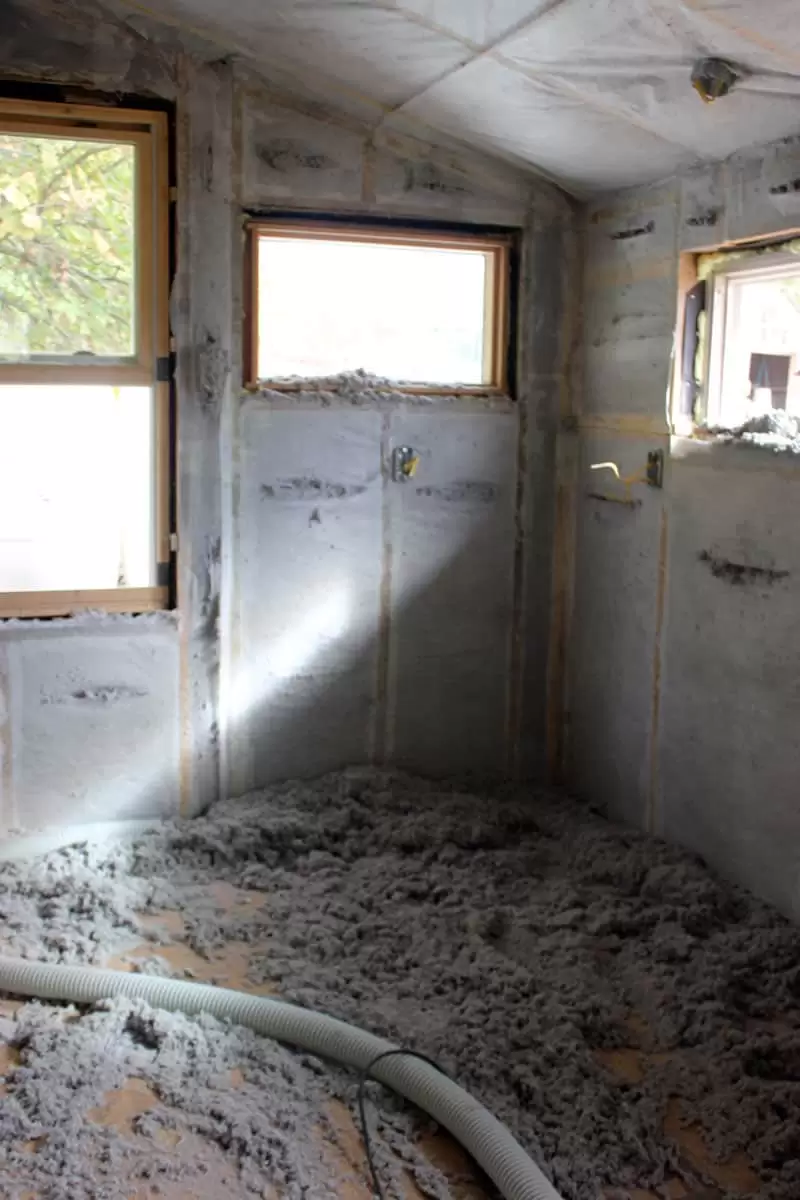
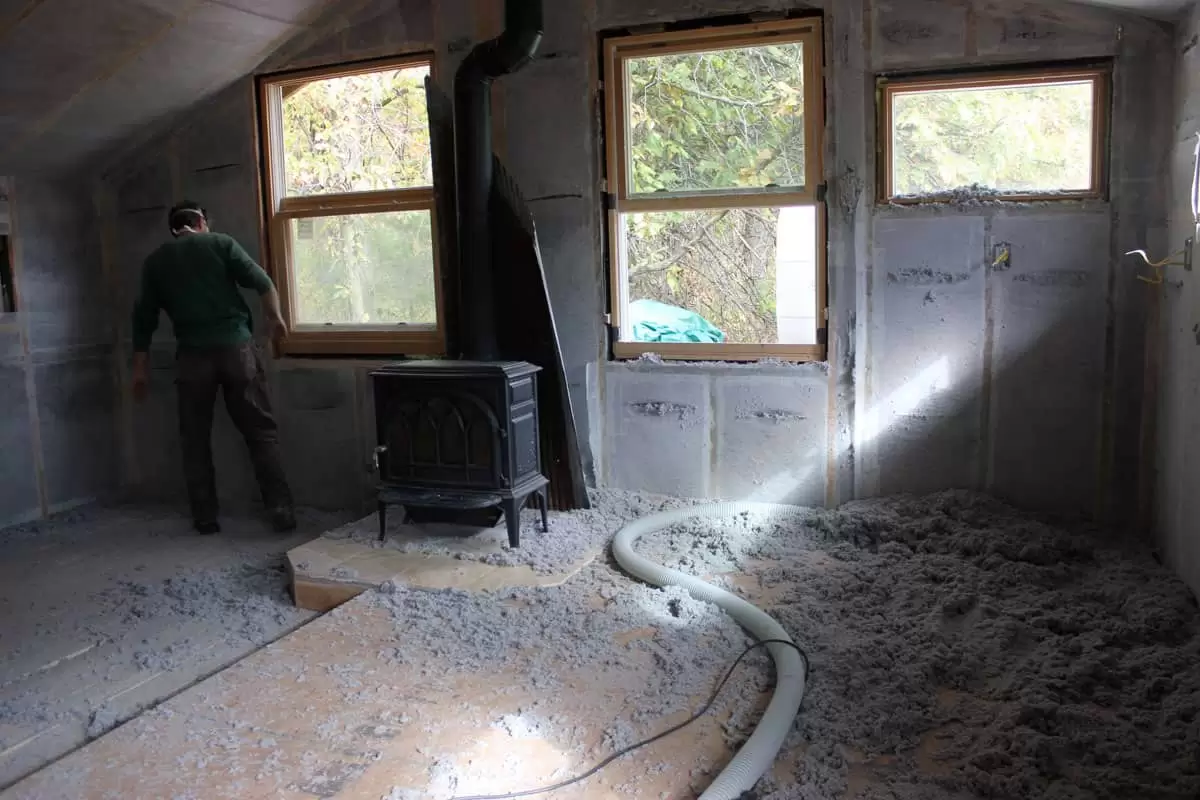
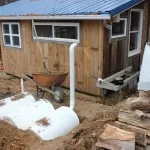

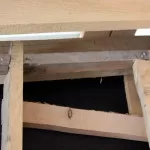
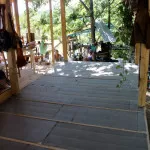
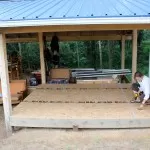
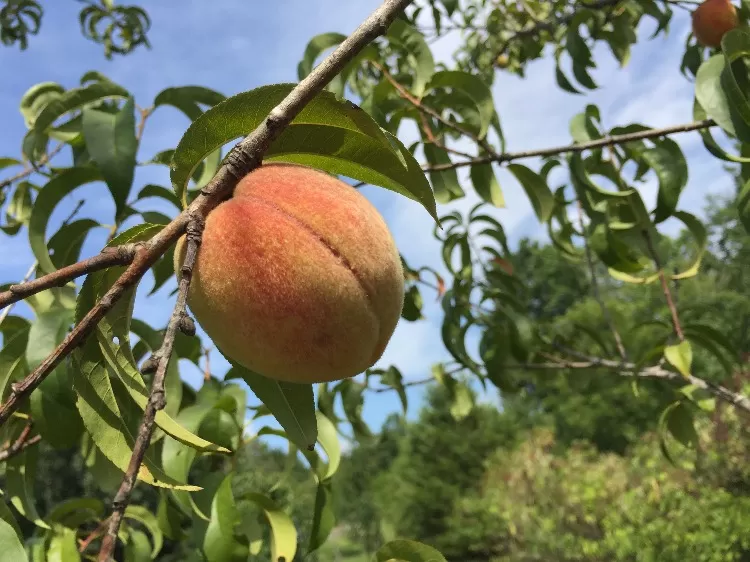


How did you insulate the floor with the rigid foam? Did you place it between the floor joists or did you put it under the tile or something else?
Yes, the rigid foam is between the floor joists, and underneath the subfloor. We did put something between the floor joists and the earth so that animals would not chew on the foam insulation. I cannot remember if it was plywood or hardy backer type material, but there is definitely a layer between the insulation and the earth.
Teri, I emphasize with you and your husband. I am also a cancer survivor and I know of all the uncertainties that follow for him, as well as for you. With God’s blessing, after being given 3 Mo. to live by several doctors, I have survived for almost fourteen years. I strongly wish the same blessings for your husband…may he live long and prosper -= no pun intended. I admire you both for undertaking such an adventure. If I were 40, or even 30 years younger and my wife, Linda, were receptive to the idea, I would be on a homestead trying to eke a living from the earth, and its wonderful bounty today. Good luck, and may god bless you and yours,
Thank you for your kind words!
It’s going to be so gorgeous and so comfortable. I’ve very excited for you and your family!
Thank you Karen!
How does the cost compare to traditional insulation?
I have not done the cost comparison myself, but I can tell you that we used 52 bales, at $6 per bale. So to insulate the walls and ceiling of a 350 square foot house was $312.